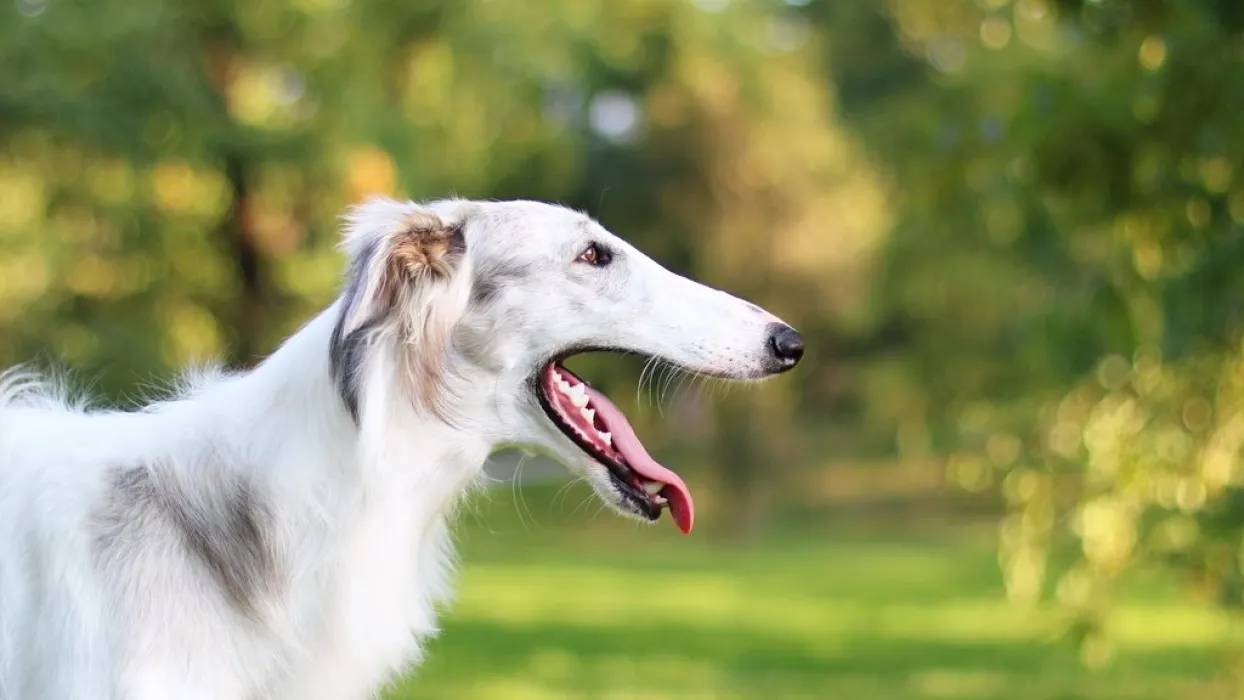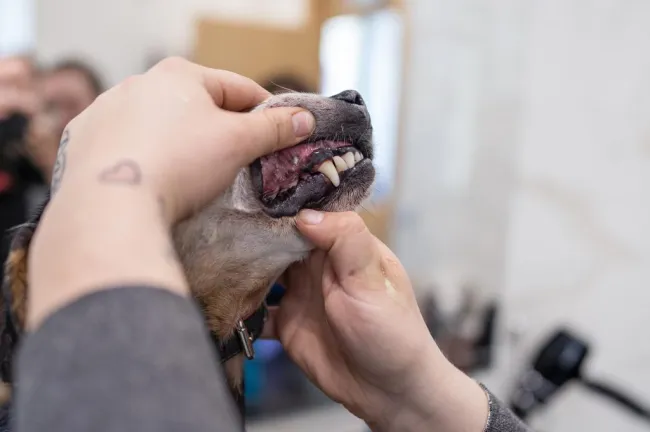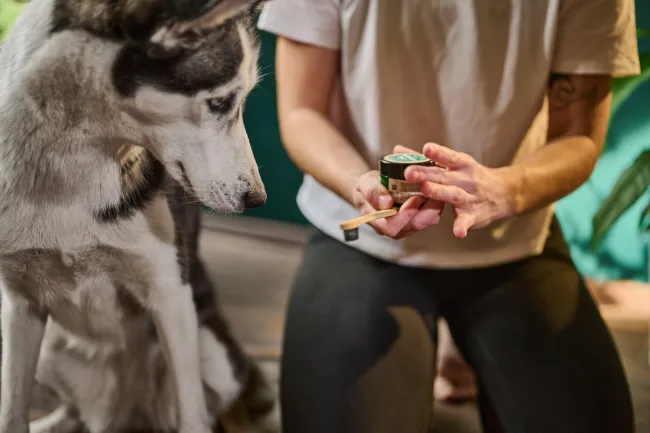Useful gift to your subscription
Get meat dog cookies from the famous bakery Dogtown with your first order for FREE! Become part of our Furnatura pack and receive practical advice, tips and great deals from the world of dogs

BLOG
Does your dog's mouth stink or even have tartar? Such a condition usually indicates a developing health problem (gingivitis, periodontitis, etc.), so it's a good idea to consider prevention and care for your dog's teeth. Why is tartar dangerous and how to take care of dog teeth?
Tartar in a dog is caused by a build-up of plaque, which is a coating made up of saliva, food debris, bacteria, etc. The plaque layer mineralizes, giving rise to tartar. Problems are caused mainly by bacteria that are found on the surface of the tartar - most commonly causing gingivitis and periodontitis, but in more advanced stages the inflammation can spread to the entire oral cavity. In most cases, the inflammation results in the teeth wobbling and falling out, which is very painful for the dog. If the dog is not given veterinary care and the tartar is not removed, there is a risk of developing abscesses, purulent inflammatory processes and very often inflammation of the bone of the upper and lower jaw. Such a condition is very dangerous for the whole body as the bacteria produce toxins and these enter the whole body.

If you want to save your four-legged friend the trouble, it's important to think about prevention. Dental hygiene should be as important as your dog's other needs. If you feed a soft diet and the dog does not have the opportunity to clean his teeth naturally (chewing, biting), it is important to clean his teeth at least twice a week with an enzymatic toothpaste and a dog toothbrush, which will mechanically remove plaque. And what else can you do to promote dental hygiene?

Only use dog toothbrushes that have optimally hard bristles to clean teeth. Dog toothpaste is also important - it is fluoride-free, does not irritate the stomach, and contains enzymes that help break down plaque. It also often has a flavor that dogs like, which is especially appreciated by dogs who are just starting to learn dental hygiene.
How to teach a dog to brush his teeth? It's important to start with the puppy, but you can teach an old dog new tricks, it just takes a lot of patience. The procedure is the same - first get the dog used to handling, touching the muzzle and mouth, and praising and rewarding him appropriately. Then apply the paste on your finger and let the dog lick it off. Gradually work your way up to letting the dog touch his mouth with his finger. Take small steps at a time and praise the dog for each progress, as there is nothing worse than fighting with your dog every time you brush his teeth. You can use aromatherapy to calm your dog, which is very good for stress relief. Repeat the process with the toothbrush.
You should brush the teeth in a circular motion, from the gum to the tip of the tooth. To begin with, it is better to start brushing the sides that are easier for both sides to handle.
